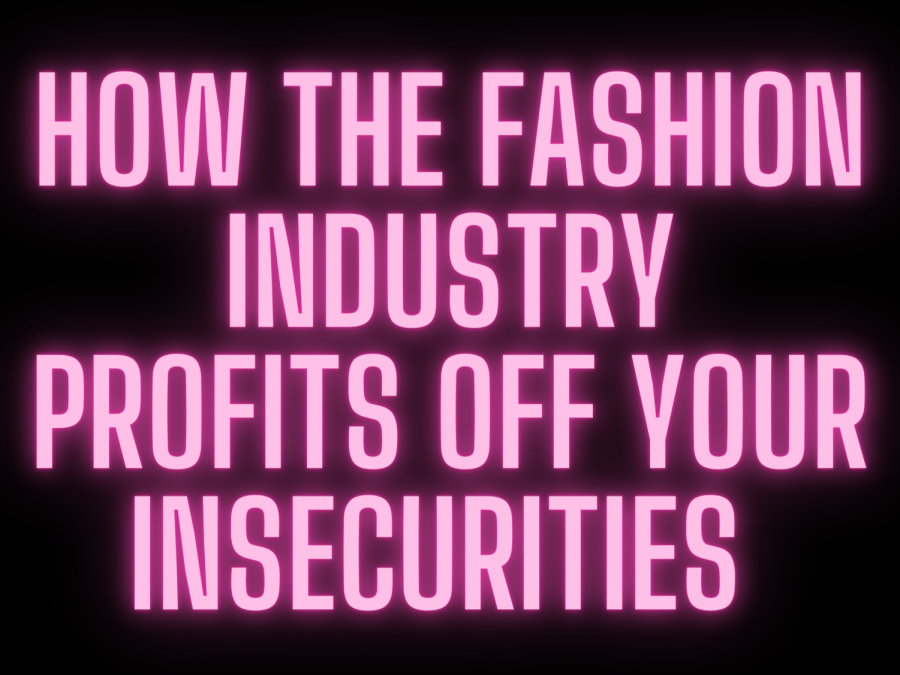How the Fashion Industry Profits off your Insecurities
Flashing across TV screens, motionless in a magazine, blown into disproportionality on a billboard, and endlessly populating our social media feeds. Models are everywhere.
Starting in the late 1800’s Charles Frederick Worth, a European designer, asked his wife to try on the clothes he designed. She was modeling. During that time, these women were called “living mannequins.” By the 1920s the practice reached high popularity. Becoming more common. For women, it was almost a given to be a “mannequin”. After about 130 years of these women being called mannequins, the term “models” was finally normalized.
Quickly the U.S started to host fashion shows for these models. The start of stereotypes and unobtainable “perfect” bodies was born.
One of the most fashion-forward adults in our school and community, Science teacher Yvette Herrera said, “I struggle with confidence, and having an outfit that when I look in the mirror, I like what I see. I care a lot about people’s image of me. My fashion is my protector. My shell.”
According to “The Models Kit”, “Nowadays, a large bum and small waist are considered to be the ideal female body. Men, on the other hand, are thought to be most attractive when they are tall, have minimal body fat, and well-defined muscles.”
The hourglass figure, long legs, flat stomach, and toned muscles are only a small part of the checklist for the “perfect body”.
The body types of these models are highly uncommon. Companies are highlighting the 2% of the population when 98% of the population is anything but that. However, these products are being sold in hopes of looking like that 2%.
Herrera further comments, “Nothing makes me more irate than those advertisements that say, ‘You have to own these jeans! They make you slimmer!’ ‘Are you tall and thin? These bootcut jeans are perfect for you!’ Get out of here!”
Everything about the immaculate look that society is presented is merely false. Calculated.
It has become highly apparent in the last 30 years that models and “perfection” have grown into an untouchable stereotypes. Companies have skillfully used these people to show what buyers have the possibility of looking like. The falsities presented in commercials and magazine ads are the epitome of lies and stereotypes. Facetune and photoshop add to the fakeness of magazines and social media surrounding these bodies.
Companies are amazing at manipulating body types. Each season, year, and decade. Even a piece of clothing or product. This push is based on what the models look like. Women in society could be too tall, or too short. Not curvy enough. Too “flat”. This continues on and on. Herrera states, “I am 5’8 and I am going to wear those heels tomorrow. I don’t care!”
“I would wear baggy clothes, sweatshirts, sweatpants. Things to hide my body. And I didn’t care how hot it was outside. I would not take my sweatshirt off.”
“Body and fashion work together,” Herrera adds. When these massive companies are working to promote their products using fashionable and “false” people, the body and fashion are complementing each other.
Marketing departments of companies everywhere skillfully target insecurities in that 98% of the population. The Daily Free Press states, “These standards are propped up by campaigns that also follow the “sex sells” logic. Product ads that have nothing to do with sex are framed in an overly dramatic and hypersexualized manner, with skinny, photoshopped women and buff men.”

Lola is currently a Senior and is in her third and last year as a Managing Editor. She established the Truckee Times as a freshman and continues to grow...

